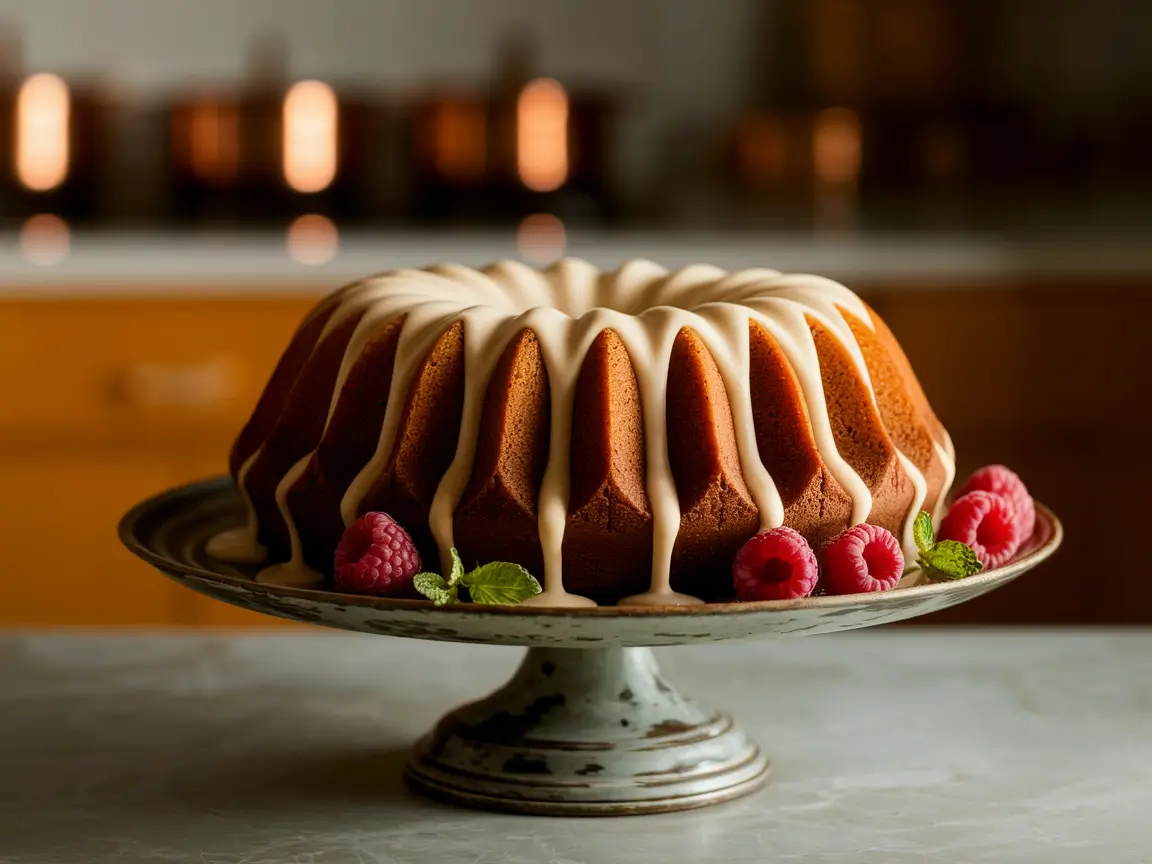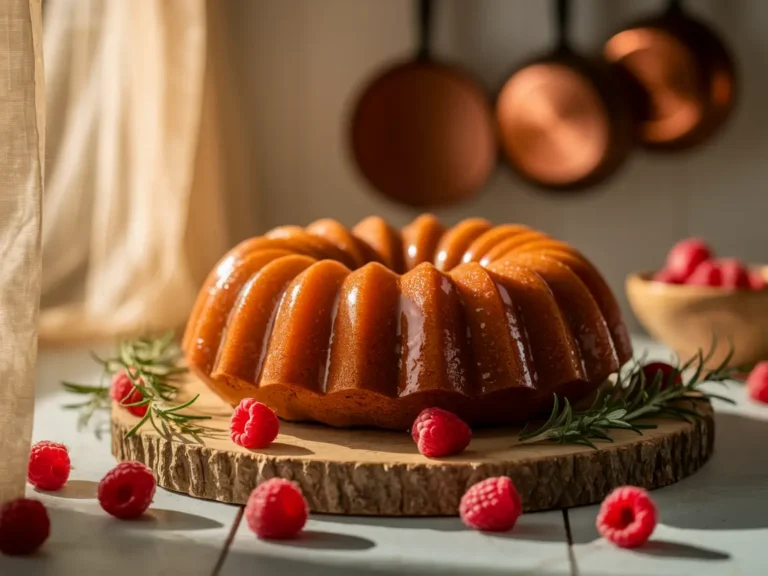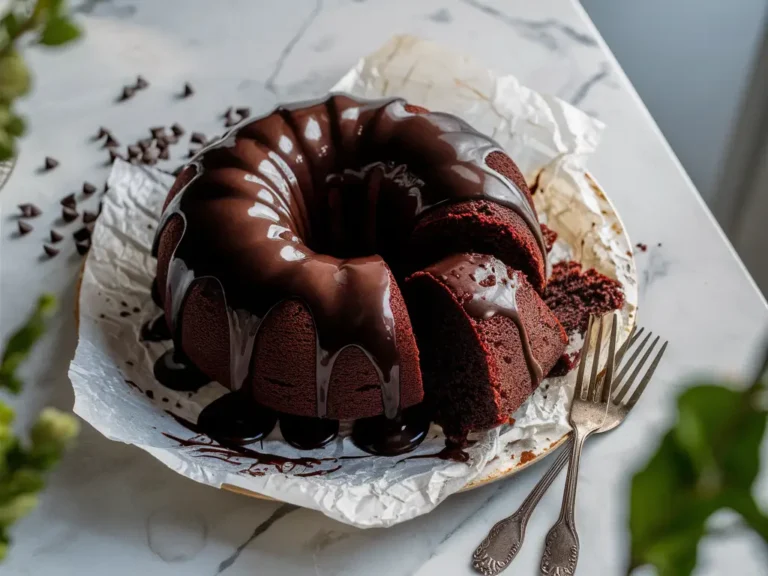Delicious Bundt Cake Glaze Recipe
A beautifully glazed bundt cake is a sight to behold, and it’s not just about aesthetics; a good glaze can elevate the overall taste experience.
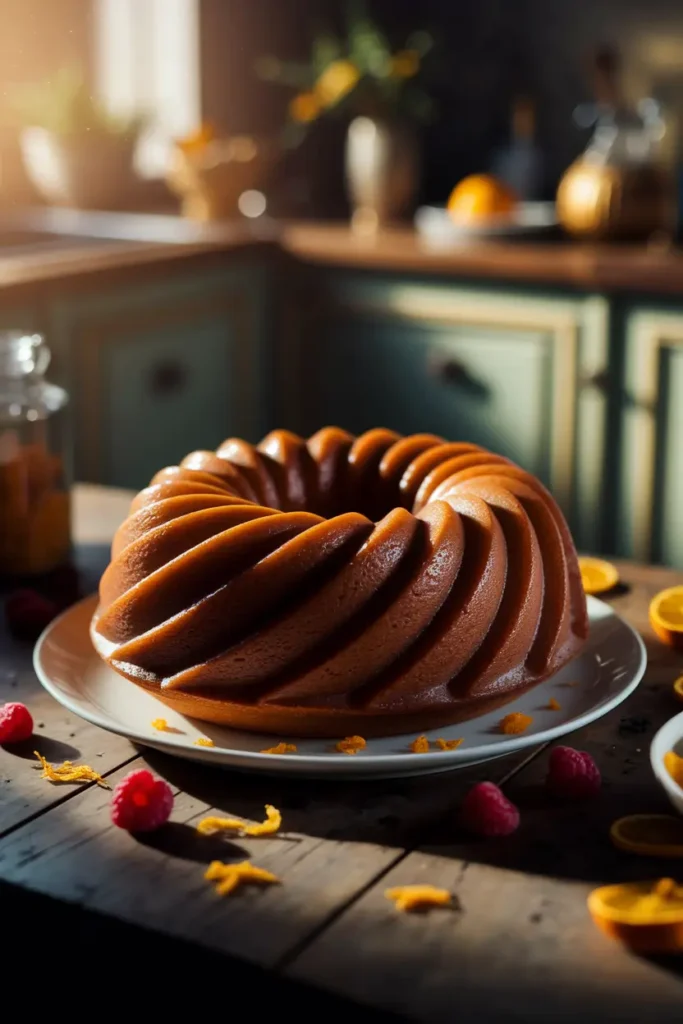
The right glaze for bundt cake can add a rich, velvety texture and a burst of flavor, making it a perfect treat for any occasion.
Key Takeaways
- A good glaze enhances the appearance and taste of the bundt cake.
- Choosing the right glaze is crucial for the overall experience.
- A well-glazed bundt cake is perfect for any occasion.
Table of Contents
The Art of Glazing a Bundt Cake
The art of glazing transforms a simple bundt cake into a culinary delight. Glazing is not just about adding a sweet or flavorful coating; it’s an art that enhances the cake’s appearance and taste. A well-glazed bundt cake can be the centerpiece of any gathering, impressing guests with its beauty and flavor.
Why Glazes Enhance Bundt Cakes
Glazes enhance bundt cakes by adding an extra layer of flavor and visual appeal. A glaze can turn a simple cake into a stunning dessert, making it perfect for special occasions. The right glaze can complement the cake’s flavor, whether it’s a classic vanilla or a rich chocolate bundt cake.
| Glaze Type | Flavor Profile | Best For |
|---|---|---|
| Vanilla | Sweet, creamy | Classic bundt cakes |
| Chocolate | Rich, decadent | Chocolate bundt cakes |
| Fruit-flavored | Varies by fruit | Bundt cakes with fruit ingredients |
The Perfect Glaze Consistency
Achieving the perfect glaze consistency is crucial. A glaze that’s too thin may not adhere properly to the cake, while one that’s too thick can be difficult to spread evenly. The ideal glaze should be smooth and pourable, coating the cake evenly without dripping off too quickly.
Understanding Bundt Cakes and Their History
With its distinctive ring shape, the bundt cake has a unique history worth exploring. The bundt cake’s evolution is closely tied to the development of the bundt pan, a crucial element in its baking.
Origin of the Bundt Pan
The bundt pan originated in Europe, where it was used for baking traditional ring-shaped cakes. The design was later popularized in the United States by H. David Dalquist, who in the 1950s, created the first non-stick bundt pan. This innovation made it easier for home bakers to produce cakes with the signature bundt shape.
As noted by food historians, the bundt pan’s design was influenced by European baking traditions. “The bundt pan is a testament to the ingenuity of European bakers who sought to create cakes that were both beautiful and delicious,” says culinary expert, Julia Child.
What Makes Bundt Cakes Special
Bundt cakes are special due to their distinctive ring shape, which not only adds visual appeal but also allows for even baking. The shape also makes it easier to glaze or frost the cake evenly.
| Feature | Benefit |
|---|---|
| Ring Shape | Even baking and glazing |
| Non-stick Pan | EASY release of the cake |
Essential Ingredients for a Perfect Glaze for Bundt Cake
When it comes to glazing a Bundt cake, the quality and type of ingredients you use are paramount. A well-crafted glaze not only enhances the flavor but also adds a visually appealing finish to your cake.
Base Ingredients Explained
The foundation of any glaze is typically made from a combination of powdered sugar and a liquid component. The powdered sugar provides sweetness and thickness, while the liquid component determines the glaze’s consistency and flavor profile. Common liquid components include milk, cream, or juice. The ratio of powdered sugar to liquid can be adjusted to achieve the desired consistency, ranging from a thin drizzle to a thick, icing-like coating.
| Base Ingredient | Purpose |
|---|---|
| Powdered Sugar | Provides sweetness and thickness |
| Liquid Component (milk, cream, juice) | Determines consistency and flavor |
Flavor Enhancers and Add-ins
To give your glaze an extra layer of flavor, you can incorporate various flavor enhancers and add-ins. These can range from vanilla extract and almond extract to zest or liqueurs. The key is to balance the additional flavors with the base ingredients to avoid overpowering the cake. For instance, adding a teaspoon of vanilla extract can complement the cake’s flavor without overwhelming it.
Equipment You’ll Need for Glazing
To glaze a bundt cake effectively, having the right equipment is crucial. The process involves more than just mixing a glaze; it’s about applying it evenly and attractively to your cake.
Must-Have Tools
For a successful glazing experience, you’ll need a few essential tools. These include a mixing bowl to prepare your glaze, a whisk or spatula for mixing, and a pouring device such as a ladle or a measuring cup with a spout. Additionally, having a cake stand or turntable can be very helpful in applying the glaze evenly.
Optional But Helpful Accessories
While not necessary, certain accessories can make the glazing process easier and more efficient. A squeeze bottle can be useful for creating decorative patterns or drizzling glaze over your bundt cake. For a more precise application, consider using a glaze brush. Some bakers also find a glaze scraper or offset spatula helpful for smoothing out the glaze.
| Tool | Purpose |
|---|---|
| Mixing Bowl | Preparing the glaze |
| Whisk or Spatula | Mixing the glaze ingredients |
| Ladle or Measuring Cup | Pouring the glaze over the cake |
| Cake Stand or Turntable | Displaying and glazing the cake |
Classic Vanilla Glaze Recipe
A classic vanilla glaze can elevate your Bundt cake to a whole new level of deliciousness. This simple yet elegant glaze is perfect for any occasion, adding a sweet and subtle flavor to your cake.
Ingredients List
To make a classic vanilla glaze, you will need the following ingredients:
- 1 cup powdered sugar
- 2-3 tablespoons milk or heavy cream
- 1/2 teaspoon vanilla extract
Ensure that your powdered sugar is sifted to avoid any lumps in your glaze.
| Ingredient | Quantity |
|---|---|
| Powdered Sugar | 1 cup |
| Milk or Heavy Cream | 2-3 tablespoons |
| Vanilla Extract | 1/2 teaspoon |
Step-by-Step Instructions
Follow these simple steps to create your classic vanilla glaze:
- In a medium bowl, whisk together the powdered sugar and vanilla extract until well combined.
- Add the milk or heavy cream, starting with 2 tablespoons and adding more as needed, until you achieve your desired glaze consistency.
- Whisk until smooth and free of lumps.
- Adjust the glaze consistency by adding more powdered sugar to thicken or more milk to thin.
Your classic vanilla glaze is now ready to be drizzled over your cooled Bundt cake, adding a beautiful and delicious finishing touch.
Chocolate Glaze Variations
For those who crave a deeper flavor profile, chocolate glaze variations offer a rich alternative to traditional glazes for bundt cakes. Chocolate glaze can instantly elevate the flavor and appearance of your cake, making it perfect for special occasions or simply satisfying a chocolate craving.
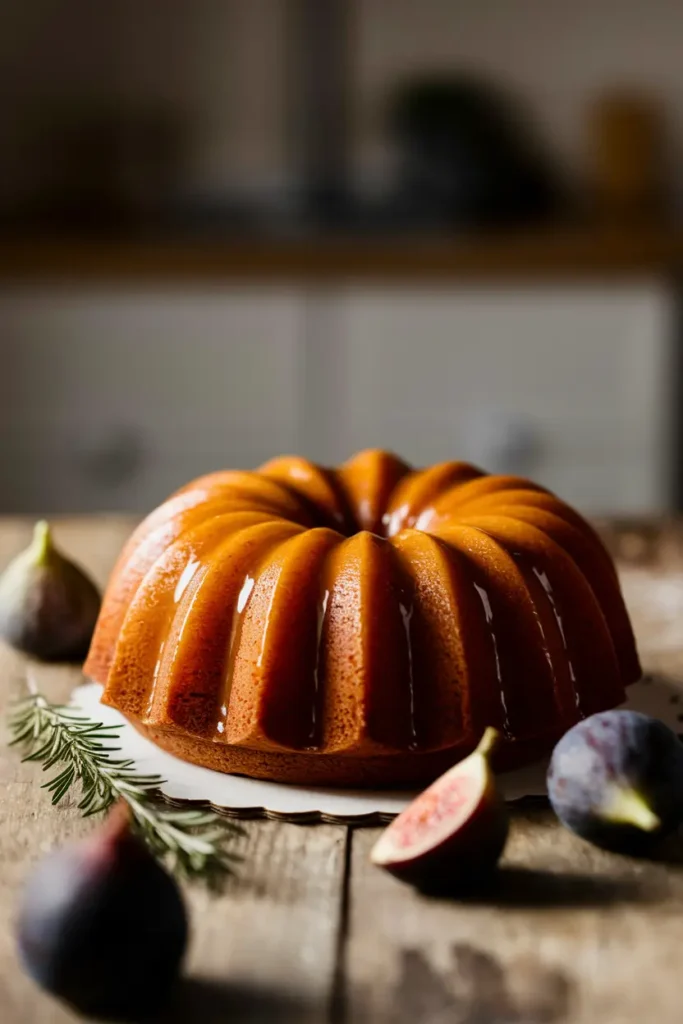
Dark Chocolate Glaze
A dark chocolate glaze is ideal for those who prefer a less sweet, more intense chocolate experience. To make a dark chocolate glaze, melt 1 cup of dark chocolate chips with 2 tablespoons of heavy cream in a double boiler or in a microwave-safe bowl in 30-second increments, stirring between each interval until smooth. Adjust the consistency by adding more cream if needed. This glaze pairs well with vanilla or coffee-flavored bundt cakes.
White Chocolate Drizzle
For a contrasting look and a sweet, creamy flavor, consider a white chocolate drizzle. Melt 1 cup of white chocolate chips with 1 tablespoon of shortening (like Crisco) to achieve a drizzle-friendly consistency. Drizzle the glaze over your cooled bundt cake in a zig-zag pattern for a decorative touch. White chocolate glaze complements fruit-infused or lemon bundt cakes beautifully.
Mocha Glaze Option
Mocha glaze combines the richness of chocolate with the depth of coffee, making it a perfect choice for coffee lovers. To make a mocha glaze, mix 1 cup of melted chocolate (semi-sweet or dark) with 1-2 teaspoons of instant coffee powder and 2 tablespoons of heavy cream. Adjust to taste by adding more coffee or cream. This glaze is particularly good on bundt cakes flavored with nuts or spices.
These chocolate glaze variations not only enhance the flavor of your bundt cake but also add a visually appealing finish. Experiment with different types of chocolate and flavor combinations to find your perfect match.
Fruit-Flavored Glazes
Fruit-flavored glazes offer a delightful way to enhance the taste and appearance of your Bundt cakes. By incorporating the essence of various fruits, you can create a glaze that not only complements the cake’s flavor but also adds a vibrant touch to its presentation.
Citrus Glazes
Citrus glazes, made with lemons, oranges, or limes, bring a bright and refreshing flavor to your Bundt cakes. To make a citrus glaze, combine powdered sugar with freshly squeezed citrus juice and a bit of zest for added depth. For example, a lemon glaze can be made by mixing 1 cup of powdered sugar with 2 tablespoons of lemon juice and 1 teaspoon of lemon zest.
Here’s a simple recipe for a citrus glaze:
| Fruit | Juice Amount | Zest Amount |
|---|---|---|
| Lemon | 2 tbsp | 1 tsp |
| Orange | 3 tbsp | 1 tsp |
| Lime | 2 tbsp | 1 tsp |
Berry-Based Options
Berry-based glazes, featuring strawberries or raspberries, add a sweet and fruity dimension to your Bundt cakes. To create a berry glaze, puree fresh or frozen berries with a bit of sugar, then strain the mixture to remove the seeds. Mix the resulting juice with powdered sugar to achieve the desired consistency.
“A strawberry glaze made with fresh strawberries and a hint of vanilla can elevate a simple Bundt cake into a dessert masterpiece.”
Experimenting with different fruit flavors allows you to customize your glaze to suit any occasion or personal preference, making your Bundt cakes truly special.
Specialty and Seasonal Glazes
As the seasons change, so do the flavors we crave, making it the perfect time to experiment with specialty and seasonal glazes for your bundt cakes. These unique glazes can elevate your baked goods, making them perfect for holidays and special occasions.
Holiday-Inspired Flavors
Holiday-inspired flavors bring a festive touch to your bundt cakes. Consider using pumpkin spice glaze for Thanksgiving, eggnog glaze for Christmas, or peppermint glaze for a refreshing winter treat. These flavors not only taste great but also add a seasonal aroma to your baked goods.
Liqueur and Alcohol-Infused Glazes
For a more sophisticated flavor, consider incorporating liqueurs or alcohol into your glazes. Options like Grand Marnier, Kahlúa, or Amaretto can add depth and complexity to your bundt cake glazes. These are perfect for adult gatherings or special occasions where a little extra flavor can make a big difference.
When using liqueurs, start with a small amount and adjust to taste, as the flavor can quickly become overpowering. This approach allows you to balance the glaze flavor with the cake, creating a harmonious taste experience.
Dietary-Friendly Glaze Alternatives
Dietary-friendly glaze alternatives are making it easier for everyone to enjoy delicious Bundt cakes. Whether you’re catering to vegan, dairy-free, sugar-free, or low-carb dietary needs, there are numerous options to enhance your Bundt cake without compromising on taste.
Vegan and Dairy-Free Options
For those following a vegan or dairy-free diet, traditional glazes made with dairy products won’t do. Fortunately, alternatives like almond milk, soy milk, or coconut cream can be used to create a delicious glaze. You can also use vegan butter or margarine for a richer flavor. Some popular vegan glaze recipes include using maple syrup for a natural sweetener and flavor enhancer.
- Almond milk glaze with vanilla extract
- Coconut cream glaze with cocoa powder
- Vegan powdered sugar glaze with lemon juice
Sugar-Free and Low-Carb Glazes
For those watching their sugar intake, sugar-free and low-carb glazes are a great option. You can use sugar substitutes like stevia or erythritol to sweeten your glaze without adding sugar. Another option is to use heavy cream or Greek yogurt to add richness without the sugar. Some ideas include:
- Making a glaze with melted chocolate and heavy cream
- Using a sugar-free sweetener like monk fruit sweetener
- Creating a glaze with Greek yogurt and vanilla extract
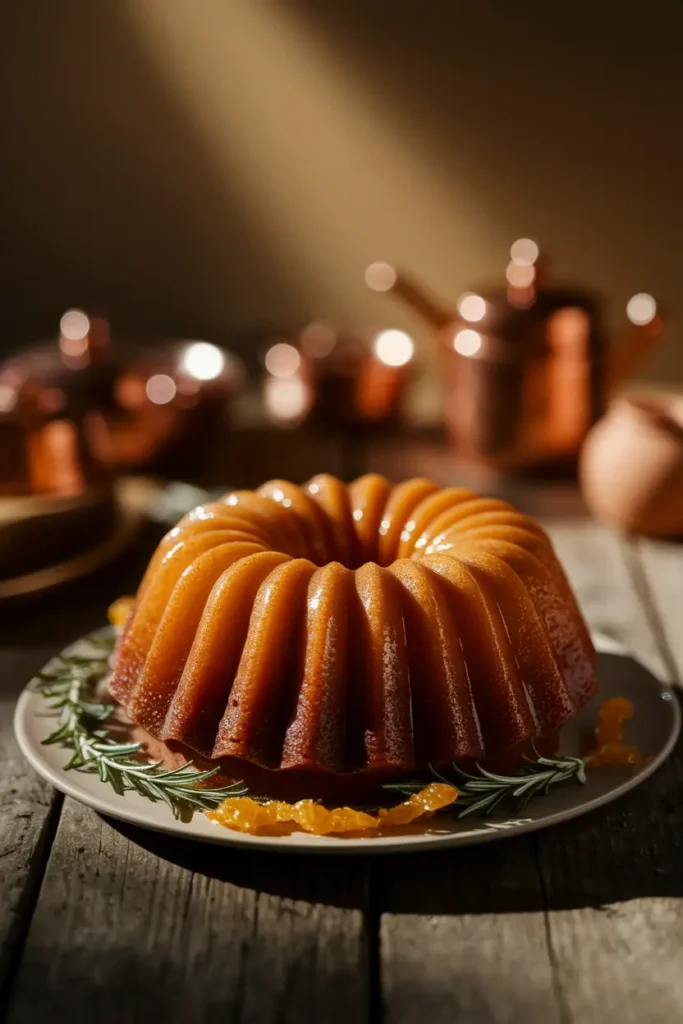
Troubleshooting Common Glaze Problems
Achieving the perfect glaze for your bundt cake can be a challenge, but with the right troubleshooting techniques, you can overcome common issues. Whether you’re dealing with consistency problems, lumps, or glaze sliding off the cake, understanding how to address these issues is key to a beautifully presented dessert.
Consistency Issues
One of the most common problems with glaze is achieving the right consistency. If your glaze is too thick, it won’t drizzle properly over the cake. On the other hand, if it’s too thin, it might be too runny and slide right off. To adjust, you can add a small amount of liquid (such as milk or water) to thin out the glaze, or more powdered sugar to thicken it.
| Issue | Solution |
|---|---|
| Too Thick | Add a small amount of milk or water |
| Too Thin | Add more powdered sugar |
Fixing Lumps and Uneven Application
Lumps in your glaze can be frustrating, but they can usually be fixed by whisking vigorously or using a blender to smooth out the mixture. For uneven application, make sure your cake is on a level surface and try rotating it as you pour the glaze to ensure an even coat.
Preventing Glaze from Sliding Off the Cake
If your glaze tends to slide off the cake, it might be because the cake is too warm or the glaze is too thin. Try letting the cake cool completely before glazing, and adjust the glaze consistency as needed. You can also try using a thicker glaze recipe or applying a thin layer of glaze and letting it set before adding more.
Expert Tips for Applying Glaze to Bundt Cakes
The art of glazing a bundt cake is a simple yet effective way to add a professional touch to your baked goods. A well-applied glaze not only enhances the visual appeal but also complements the flavors of the cake.
Timing Is Everything
The timing of applying the glaze is crucial. It’s essential to let the cake cool completely before glazing to prevent the glaze from melting or becoming too runny. For most cakes, this means letting them cool for at least an hour after baking.
Tip: If you’re using a fragile or delicate cake, consider glazing it just before serving to maintain the texture and freshness.
Pouring vs. Drizzling Techniques
There are two primary techniques for applying glaze: pouring and drizzling. Pouring involves slowly pouring the glaze over the cake, allowing it to cascade down the sides evenly. This method is ideal for achieving a smooth, uniform coat.
Drizzling, on the other hand, involves using a spoon or piping bag to create a decorative, irregular pattern on top of the cake. This technique adds a personal touch and can be used to create intricate designs.
Creating Decorative Patterns
To create decorative patterns, you can experiment with different tools and techniques. Using a piping bag with a small round tip, you can create intricate designs or write messages on top of the cake. Alternatively, you can use a spoon to drizzle the glaze in a zig-zag or circular pattern.
Experiment with different glaze colors and patterns to find the one that best suits your cake and occasion.
Conclusion
A well-crafted glaze can transform a simple bundt cake into a stunning dessert. Throughout this article, we’ve explored various glaze recipes and techniques to enhance the appearance and taste of your bundt cakes.
From classic vanilla and chocolate glazes to fruit-flavored and specialty glazes, the options are endless. By understanding the essential ingredients, equipment, and application techniques, you can create beautiful and delicious bundt cakes that impress.
Now it’s your turn to experiment with different glaze recipes and techniques. Try combining various flavors and ingredients to create unique glazes that reflect your personal style. With practice, you’ll become a master at glazing bundt cakes, and your baked goods will be the talk of the town.
Whether you’re a seasoned baker or just starting out, the art of glazing a bundt cake is a skill worth mastering. So go ahead, get creative, and give your bundt cake the perfect glaze it deserves.
FAQ
What is the best type of glaze to use for a bundt cake?
The best type of glaze for a bundt cake depends on the flavor profile and desired appearance. Popular options include vanilla, chocolate, and fruit-flavored glazes.
How do I achieve the perfect glaze consistency for my bundt cake?
To achieve the perfect glaze consistency, adjust the ratio of powdered sugar to liquid ingredients. If the glaze is too thick, add a small amount of liquid. If it’s too thin, add more powdered sugar.
Can I make a glaze ahead of time, or should it be made fresh?
Most glazes can be made ahead of time, but it’s best to store them in an airtight container in the refrigerator. Allow the glaze to come to room temperature before using.
How do I prevent my glaze from sliding off the bundt cake?
To prevent the glaze from sliding off, make sure the cake is completely cooled, and the glaze is at the right consistency. You can also try using a small amount of corn syrup or honey to help the glaze adhere.
Can I use a glaze on a bundt cake that has been frosted?
Generally, it’s not recommended to use a glaze on a frosted bundt cake, as the glaze may not adhere properly. However, you can drizzle a glaze over a lightly frosted or unfrosted cake.
Are there any dietary restrictions I should consider when making a glaze for a bundt cake?
Yes, consider dietary restrictions such as vegan, dairy-free, sugar-free, and low-carb. You can adapt glaze recipes to suit these needs by using alternative ingredients like almond milk, vegan chocolate, or sugar substitutes.
Can I color my glaze to match a specific theme or occasion?
Yes, you can color your glaze using food-grade dyes or natural coloring agents like beet juice or turmeric. Start with a small amount of coloring and adjust to achieve the desired shade.
How do I store leftover glaze, and can it be reused?
Store leftover glaze in an airtight container in the refrigerator for up to a week. You can reuse the glaze by bringing it to room temperature and adjusting the consistency as needed.
